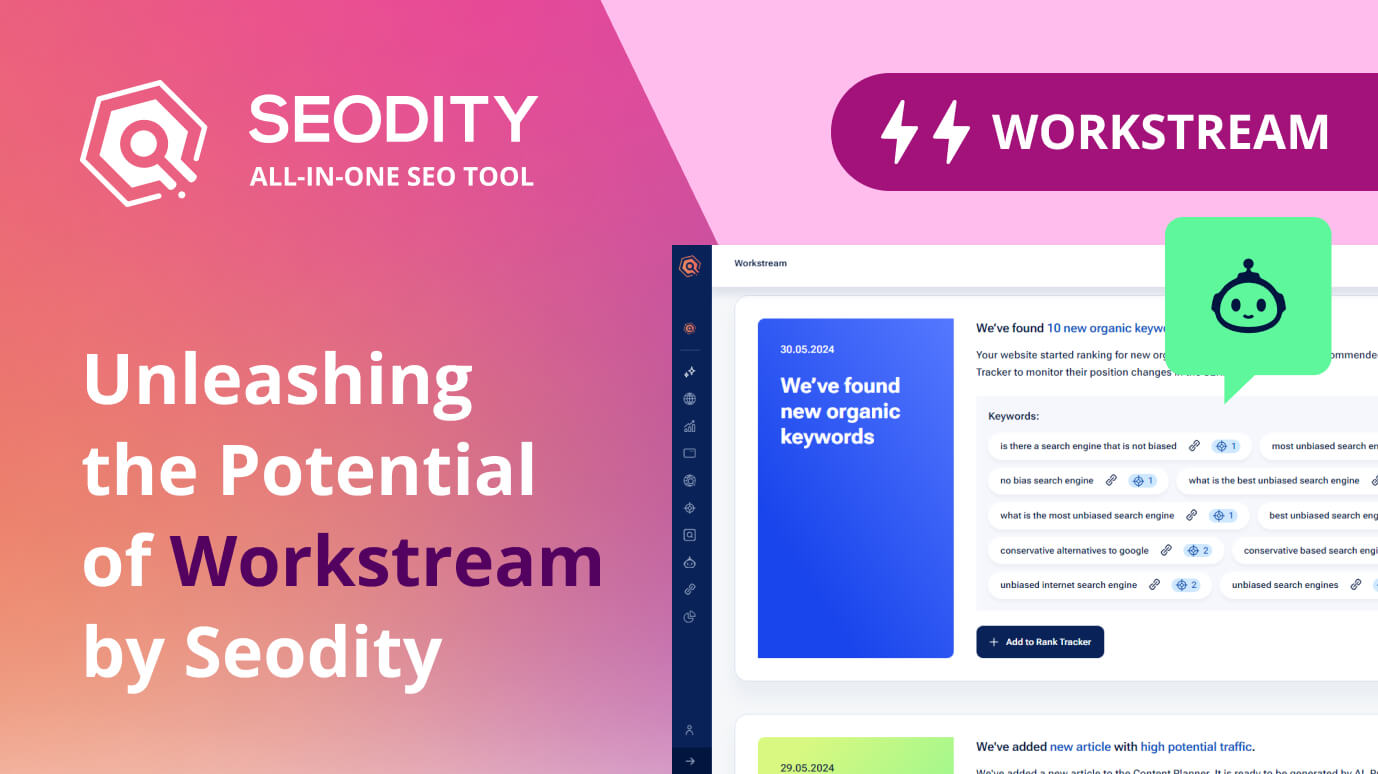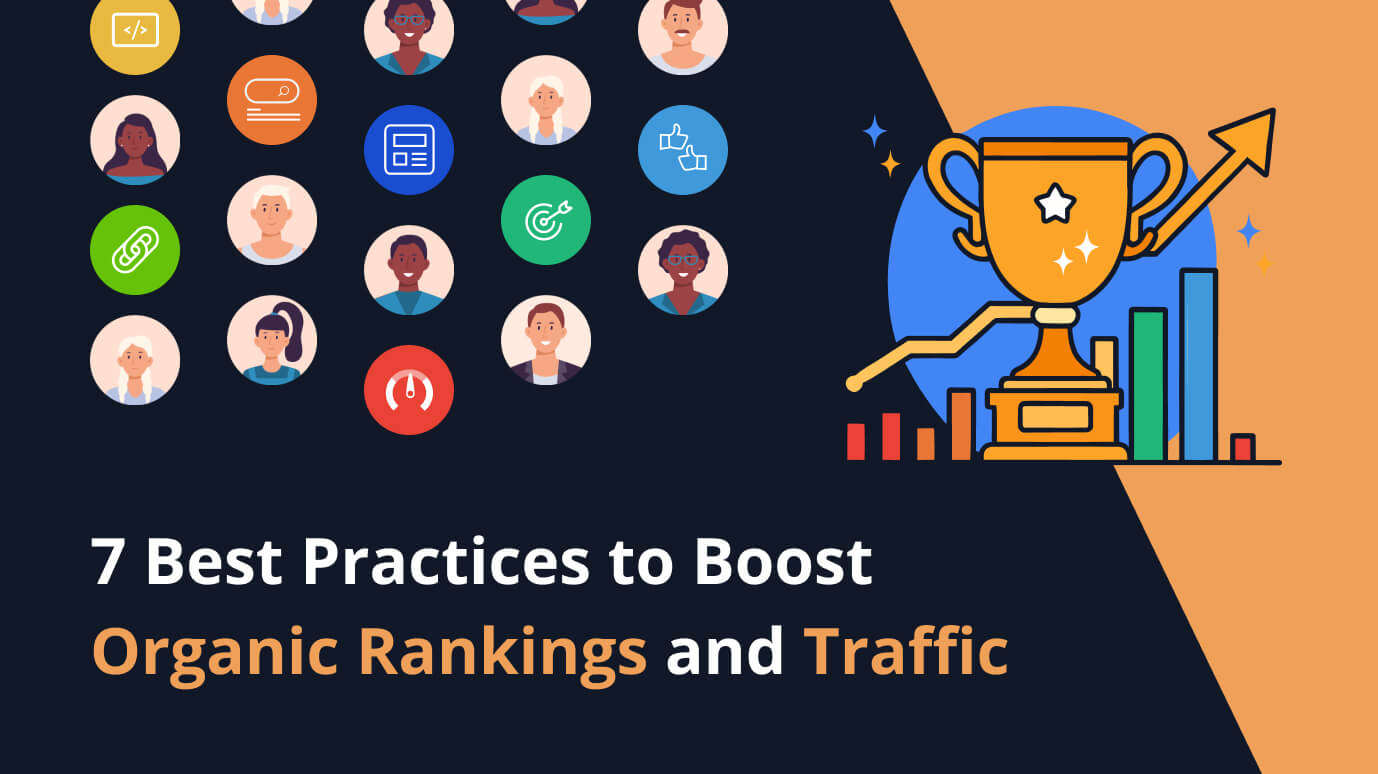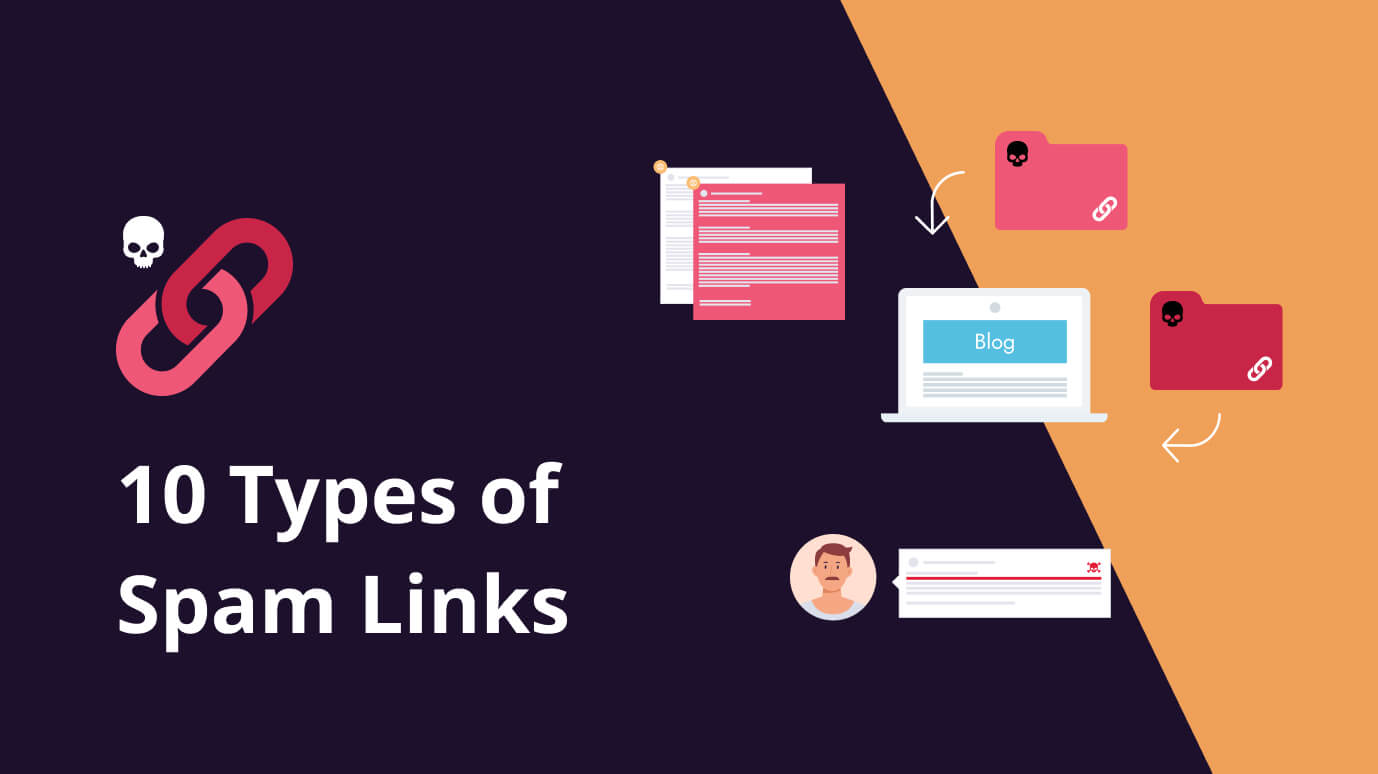
 10 min read
10 min readAvoid These 10 Types of Spam Links to Protect Your Website's Reputation
At Seodity, we recognize the significance of link building to enhance search engine rankings. Nonetheless, it is critical to steer clear of any activities that may be deemed spam links. This post will enumerate ten varieties of backlinks that spammy links must avoid to safeguard your website's integrity.
What is Spam Link?
Spam links are often created through black hat SEO techniques, such as link farms, paid link schemes, and link exchanges. They are intended to artificially boost a website's authority and improve its search visibility but do not contribute to its overall quality or relevance.
Spam links can be identified by their low-quality content, irrelevant anchor text, and suspicious linking patterns. In addition, they may come from unreliable sources or be associated with spammy keywords and phrases.
Search engines like Google have advanced algorithms to detect and penalize websites that use spam links to manipulate search rankings. The penalties can range from a drop in search visibility to a complete removal from the search index.
Therefore, avoiding spam links, creating high-quality content, and building natural backlinks from reputable sources is essential. This will help to improve a website's search ranking and enhance its online reputation in the long run.
Here are 10 types of spammy links to avoid:
1. Paid Links:
Buying links violates Google's guidelines and can result in penalties. To avoid this, focus on building relationships with other websites in your industry and creating valuable content that others will want to link to naturally.
Paid links can take many forms, including link exchanges, sponsored posts, and paid directory listings. The primary concern with those links is that they need to be editorially given and can skew the natural link profile of a website. This means that search engines may view the website as attempting to manipulate its search results rankings rather than providing value to users.
While tempting, using paid links can be attractive; it's not worth the benefits. If a search engine detects paid links pointing to your website, it can result in a penalty or deindexing of your site. This can impact your website's search engine rankings, traffic, and overall visibility.

2. Comment Spam:
Comment spam is a form of link spam that involves leaving irrelevant or spammy comments on blogs or forums, often with the intention of including a link back to a website. Comment spam is considered a violation of search engine guidelines and can result in devaluing links or even deindexing the website.
These activities are often automated, with bots leaving generic comments on many websites and blog comments. Those comments are typically unrelated to the post's content and offer little or no value to the discussion. It can harm the website owner's reputation, which can be viewed as a ploy to alter search engine rankings rather than offering any benefit to users.
Those links are typically unfollowed. This is because most websites do not want to be associated with spammy or irrelevant content, so they may choose to nofollow any links that appear on their site.
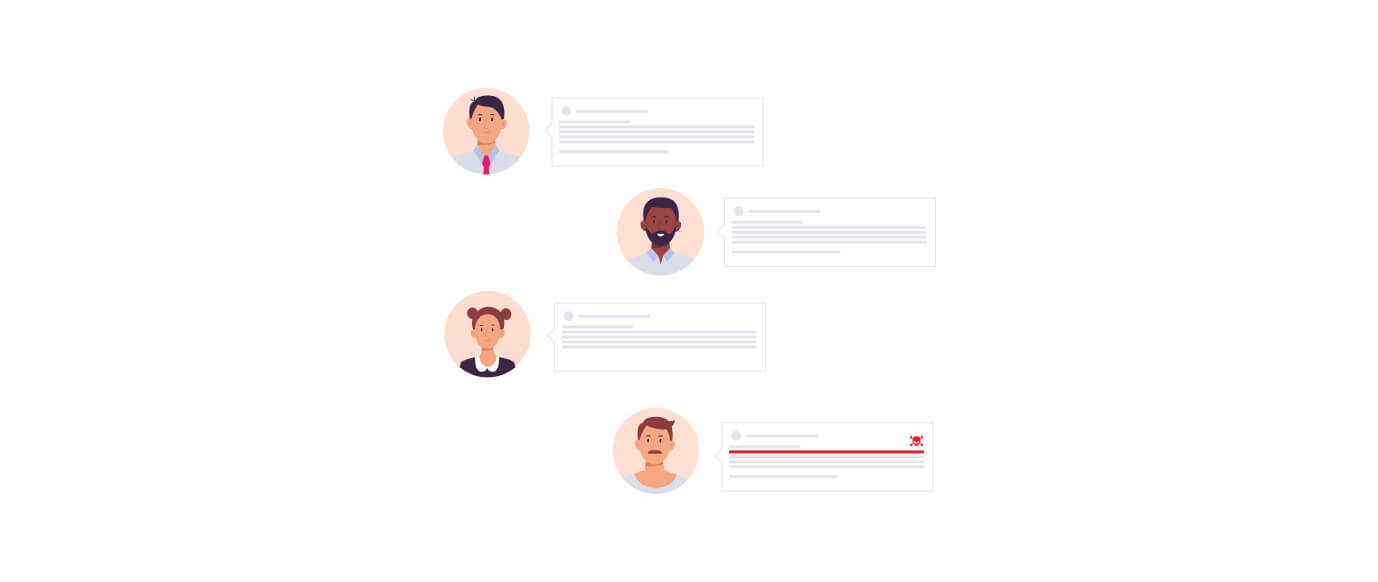
3. Link Exchanges:
Also known as reciprocal links, they involve two websites linking to each other to boost their search engine rankings. Link exchanges are considered a form of link spam and can result in penalties or even deindexing of the website.
Participating in link exchanges or link schemes can result in penalties. Instead, focus on building relationships with other websites in your industry and creating high-quality content that naturally earns links.

4. Low-Quality Directories:
Submitting your website to low-grade directories that only aim to create backlinks can damage the credibility of your website. Thus, it is advisable to concentrate on proposing your website to well-established and suitable directories belonging to your domain.
These directories should display clear and relevant categories, provide high-quality content, and have a good reputation in your market. By submitting your website to these authoritative directories, you increase your chances of getting targeted traffic and establish your reputation as a credible brand in the eyes of search engines and potential customers alike.
Avoiding low-grade directory links protect your credibility and help you avoid getting in trouble. Therefore, investing time and resources in identifying and submitting quality directories that align with your business goals and target audience is essential.

5. Link Networks:
Joining a link network or participating in a private blog network (PBN) violates Google's guidelines and can result in penalties. Instead, focus on building relationships with other websites in your industry and creating high-quality content that naturally earns links.
To create a link network, SEO professionals or website owners typically purchase expired domain names with existing backlinks. They will then create a new website on each domain name and link to their target website from each site.
The primary goal of a link network is to create many low-quality external links that point to the target website. The idea is that these links will artificially boost the website's search engine rankings and drive more traffic.
However, link networks are not a sustainable or effective way to improve SERP. Furthermore, Google algorithms are becoming increasingly sophisticated at detecting and penalizing link networks, which can result in severe consequences for the website owner.

6. Automated Link Building:
Automated link building involves using software or tools to generate many external links to manipulate search engine rankings. This technique is considered a violation of serps and can result in penalties or even deindexing of the website.
A few different methods are commonly used in automated link building. One method is through the use of link farms. A link farm is a group of websites created solely to link to other websites.
Another method is through the use of blog networks. It involves creating a large number of fake blogs that are linked together and used to promote a particular website. Unfortunately, the content on these blogs is often low-quality and spammy.
Some SEO professionals use automated software tools to generate numerous links to a website. These tools typically scrape the web for potential link targets and then send automated link requests to those sites.

7. Guest Posting Networks:
Joining a guest posting network or participating in a guest blogging scheme solely for the purpose of link building is considered a violation of Google's guidelines. To participate in a guest posting network, sites buy access to the network or pay a fee to publish their guest post on the network's websites.
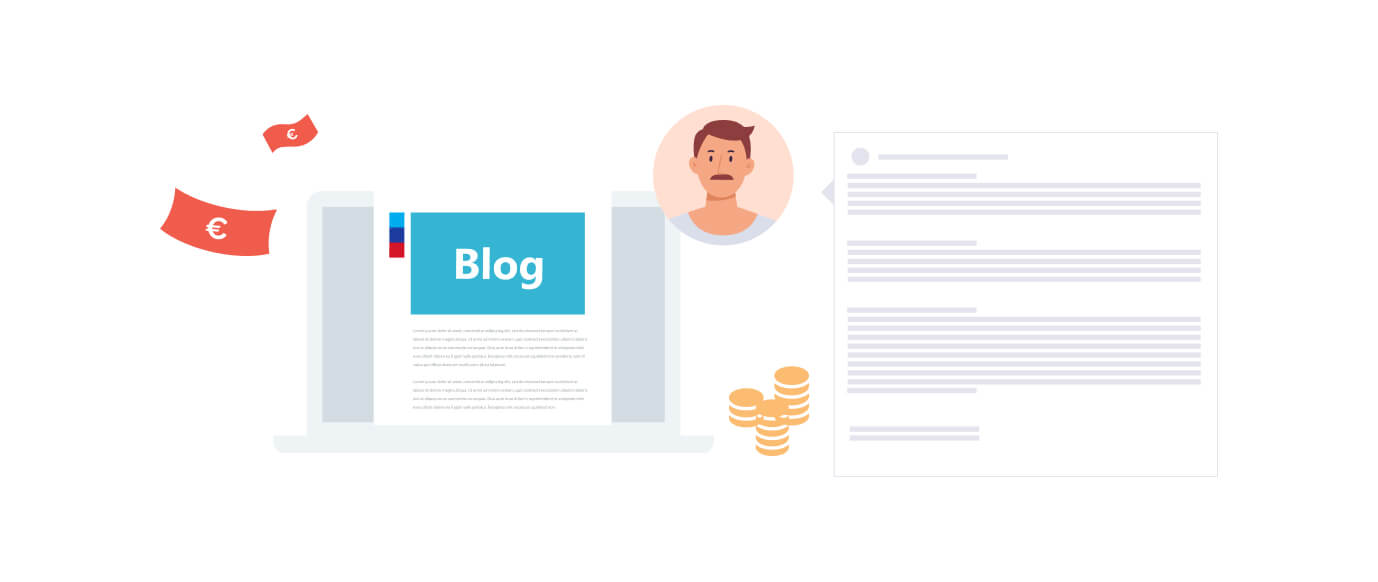
8. Press release links:
Involve the use of press releases to generate backlinks to a website. A press release is an official statement or announcement sent to media outlets to generate publicity for a particular company or product.
The idea is that various media outlets will pick up the press release, which will link back to the target website, generating high-quality backlinks.
However, it's important to note that not all press release links are created equal. For example, many press release distribution services offer spammy links that can harm a website's search engine rankings.
To ensure that press release links are high-quality and beneficial for your website's search engine rankings, it's important to focus on creating valuable and newsworthy content. This can include announcing new products or services, sharing industry insights, or reporting on company news or milestones.
When creating a press release, it's also important to use proper formatting and structure and to include relevant keywords in the headline and body of the release. This can help to ensure that the press release is picked up by media outlets and is more likely to generate high-quality backlinks.

9. Forum signatures:
Involve using a signature block at the end of each post that includes a link to a website.
The more users post on the discussion forums, the more connections they generate to their website, potentially improving their search engine rankings. However, it's important to note that forum signature links can be low-quality and may have little impact on a website's search engine results. In addition, some forums may also view forum signature links as spammy and penalize users for including them in their posts.
It's essential to focus on participating in relevant and high-quality forums. Those forums can include forums related to your industry or niche or forums frequented by your target audience.
Focusing on providing value and engaging with other forum users is crucial when participating in forums. Those activities include answering questions, sharing insights, and providing helpful information. By providing value and engaging with other user comments, you can build a positive reputation within the forum community, which can help generate a good backlink profile and boost search rankings.

10. Duplicate Content:
Duplicate content in link building works by creating multiple versions of the same content and submitting it to various websites or article directories to generate backlinks.
By creating multiple versions of the same content and submitting it to different websites, the website owner can generate many backlinks, potentially improving their search engine rankings.
However, this technique can backfire because search engines may view the content as spammy. Additionally, search engines may need to know which version to rank if the same content is used across multiple websites or web pages.
If you want to avoid the consequences of duplicate content, it's essential to focus on creating original and valuable content unique to your website.
This can include creating original blog posts, product descriptions, and website copy tailored to your target audience.
If you do use content from other websites or sources, it's important to properly attribute the source and avoid using large portions of the content verbatim. Instead, try to put the content into your own words or add your unique insights or commentary to the content.
To attribute the source:
- Use quotation marks: If you directly quote text from another source, use quotation marks around the text to indicate that it is a direct quote.
- Include a citation: Besides using quotation marks, it's important to include a citation that identifies the source of the content. For example, the quotation can consist of the author's name, the title of the article or webpage, and the URL of the source.

How to detect those spammy links?
To use Seodity's spam detection algorithm, follow these steps:
Step 1: Go to the Backlinks tab. This tab displays all of the backlinks pointing to your website.

Step 2: Sort the backlinks by spam score. Seodity's algorithm assigns each backlink a spam score, indicating the likelihood of the link being spammy. Sorting the backlinks by spam score allows you to identify the backlinks with the highest spam score quickly.
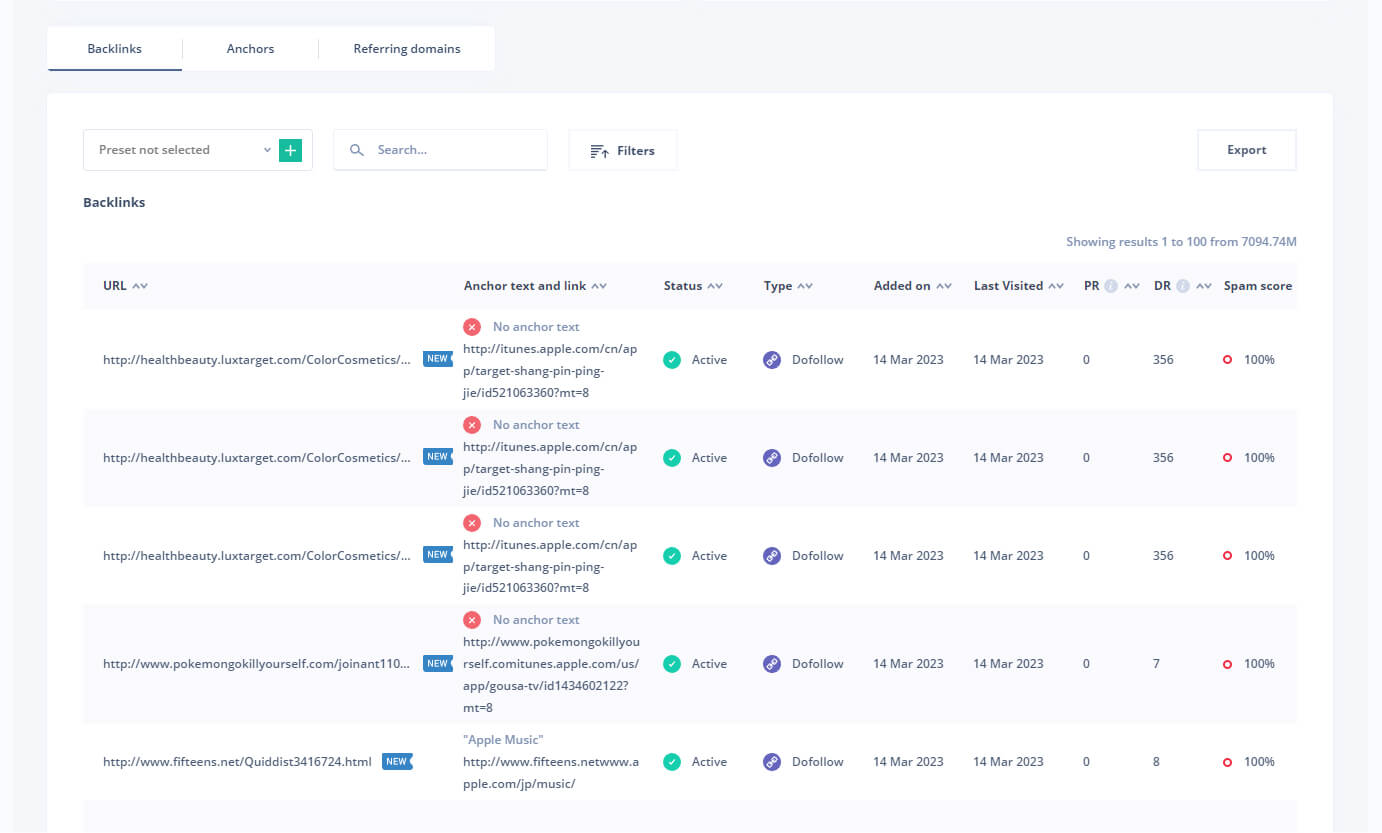
Step 3: Filter the backlinks by spam score and export only those links. Seodity allows you to filter the backlinks by spam score, so you can easily identify the most likely spammy links. Then, you can export only those links for further analysis or submit them to search engines for disavowal.


Where do disavow backlinks?
To disavow backlinks, you can follow these steps:
Step 1: Visit the instruction page linked above to learn how to disavow backlinks. This page provides detailed instructions on creating and submitting a disavow file.
https://support.google.com/webmasters/answer/2648487?hl=en
Step 2: Create a disavow file. To create a disavow file, you must list all of the backlinks you want to disavow in a text file. Be sure to include the URLs of the backlinks and any other relevant information.
Step 3: Submit the disavow file using Google's Disavow Links tool. This tool allows you to upload your disavow file and submit it to Google for review.
https://search.google.com/search-console/disavow-links

How to report link spamming?
Reporting link spamming is a critical way to help protect the integrity of the internet and prevent websites from using unethical or harmful practices to improve their search engine rankings. Fortunately, Google provides several tools that make reporting link spamming and other spammy behavior easy.
You can use Google's spam reporting tools to report link spamming, available here: https://developers.google.com/search/docs/advanced/guidelines/report-spam?hl=en. These tools allow you to report various types of spammy behavior, including spammy content, paid links spam, malware, and phishing.
To report link spamming using Google's spam reporting tools, follow these steps:
Step 1: Visit the spam reporting page linked above. This page provides information on the types of spammy behavior you can report.
Step 2: Choose the type of spammy behavior you want to report. If you report link spamming, choose the option for paid links spam.
Step 3: Fill out the form with as much detail as possible. Provide the URL of the website that is engaging in spammy behavior and any other relevant information you have.
Step 4: Submit the form. Google will review your report and take appropriate action if necessary.


Marcin is co-founder of Seodity
.svg)



